Best HDMI Cables: Top 5 Picks for Ultimate 4K Experience
As someone who’s spent over two decades navigating the ever-evolving landscape of home theater and professional A/V installations, I’ve seen my fair share of connection conundrums. From pixelated pictures to audio dropouts, many issues often boil down to one critical, yet frequently overlooked, component: the humble cable. Specifically, when we talk about high-definition digital signals, the HDMI cable is king. And for years, one brand has consistently delivered reliable performance: cables-in-the-ocean/”>cables to Go, now known as C2G.
In this comprehensive guide, we&re diving deep into the world of HDMI cables-in-the-ocean/”>cables, focusing on why quality matters and how brands like C2G (cables-in-the-ocean/”>cables to Go) have built a reputation for excellence. Get ready to transform your viewing and listening experience!
What Exactly Are cables-in-the-ocean/”>cables to Go HDMI cables-in-the-ocean/”>cables?
cables-in-the-ocean/”>cables to Go HDMI cables-in-the-ocean/”>cables are high-quality digital audio and video transmission lines designed to connect various devices, ensuring pristine signal integrity for your entertainment and professional setups.
For decades, cables-in-the-ocean/”>cables to Go (now C2G, a brand of Legrand) has been a leading manufacturer of connectivity solutions. Their HDMI cables-in-the-ocean/”>cables are engineered to transmit uncompressed digital data, including high-definition video and multi-channel audio, between devices like Blu-ray players, gaming consoles, set-top boxes, computers, and displays (TVs, monitors, projectors). What sets C2G apart is their commitment to robust construction and adherence to industry standards, which translates into reliable performance even over longer distances or in demanding environments. They offer a wide range of HDMI cable types, from standard high-speed to premium certified and active optical cables-in-the-ocean/”>cables, catering to virtually any need.
Why Are High-Quality HDMI cables-in-the-ocean/”>cables So Important?
High-quality HDMI cables-in-the-ocean/”>cables are crucial because they ensure stable, error-free transmission of high-bandwidth digital signals, preventing common issues like signal degradation, flickering, or audio dropouts that can ruin your experience.
Think of your HDMI cable as the superhighway for your digital data. If the highway has potholes, narrow lanes, or poor signage, traffic will slow down, get congested, or even crash. Similarly, a poorly constructed or low-quality HDMI cable can introduce a host of problems.
Unlike analog cables-in-the-ocean/”>cables, which might just show a slightly fuzzier picture, a digital signal either arrives perfectly or not at all, or worse, with annoying intermittent issues. High-quality HDMI cables-in-the-ocean/”>cables feature superior shielding, better conductors, and robust connectors that resist interference and maintain signal integrity. This is especially vital with today&s demanding formats like 4K/8K resolution, HDR (High Dynamic Range), and high refresh rates, which require immense bandwidth.
Investing in good quality hdmi cables-in-the-ocean/”>cables protects your investment in high-end displays and audio equipment.
What Should I Look For When Choosing the Right HDMI Cable?
When choosing an HDMI cable, prioritize the HDMI version (e.g., 2.0, 2.1) to match your devices& capabilities, consider the necessary length, and look for certifications like “Premium High Speed” or “Ultra High Speed” for future-proofing and guaranteed performance.
Here’s a breakdown of key factors:
- HDMI Version:
- HDMI 1.4: Supports 1080p, 4K at 30Hz, Ethernet, and Audio Return Channel (ARC).
- HDMI 2.0: Supports 4K at 60Hz, HDR, wider color gamut. Most common for current 4K TVs.
- HDMI 2.1: The latest standard, supporting 4K at 120Hz, 8K at 60Hz, Dynamic HDR, Enhanced Audio Return Channel (eARC), and Variable Refresh Rate (VRR). Essential for next-gen gaming consoles and 8K displays.
Always match the cable&s version to the highest capability of your source and display devices to unlock their full potential.
- Length: While longer cables-in-the-ocean/”>cables offer convenience, they are more susceptible to signal degradation. For runs over 15-20 feet, consider active optical cables-in-the-ocean/”>cables (AOCs) or cables-in-the-ocean/”>cables with built-in signal boosters, which C2G offers. Passive cables-in-the-ocean/”>cables are fine for shorter distances.
- Certification: Look for official certifications. The HDMI Forum offers “Premium High Speed HDMI Cable” (for 4K/HDR up to 18Gbps) and “Ultra High Speed HDMI Cable” (for 4K/8K/HDR up to 48Gbps) certifications. These labels guarantee the cable meets specific performance standards. Many C2G cables-in-the-ocean/”>cables carry these certifications.
- Construction & Shielding: Better cables-in-the-ocean/”>cables use pure copper conductors and multiple layers of shielding to protect against electromagnetic interference (EMI) and radio frequency interference (RFI). This is crucial in environments with many electronic devices.
- Connectors: Gold-plated connectors are common and help resist corrosion, ensuring a stable connection over time.
How Do I Connect and Troubleshoot My HDMI Setup?
Connecting HDMI is typically plug-and-play, but troubleshooting often involves checking connections, ensuring correct input/output selections, and sometimes swapping cables-in-the-ocean/”>cables to rule out a faulty one.
Here are some practical tips:
Shop Related Products on eBay
Find the best deals on these recommended products:
… (Content truncated for length) …
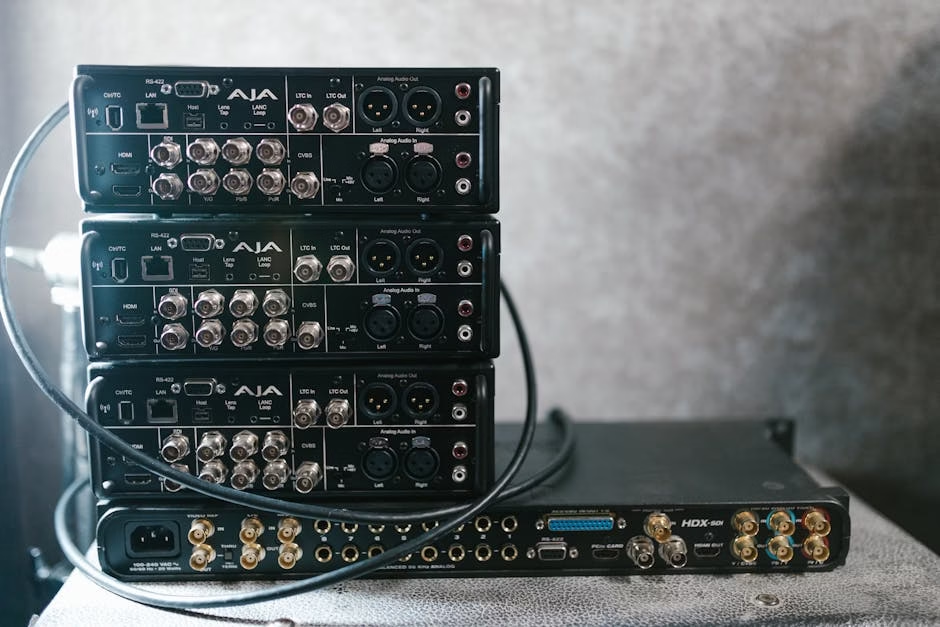
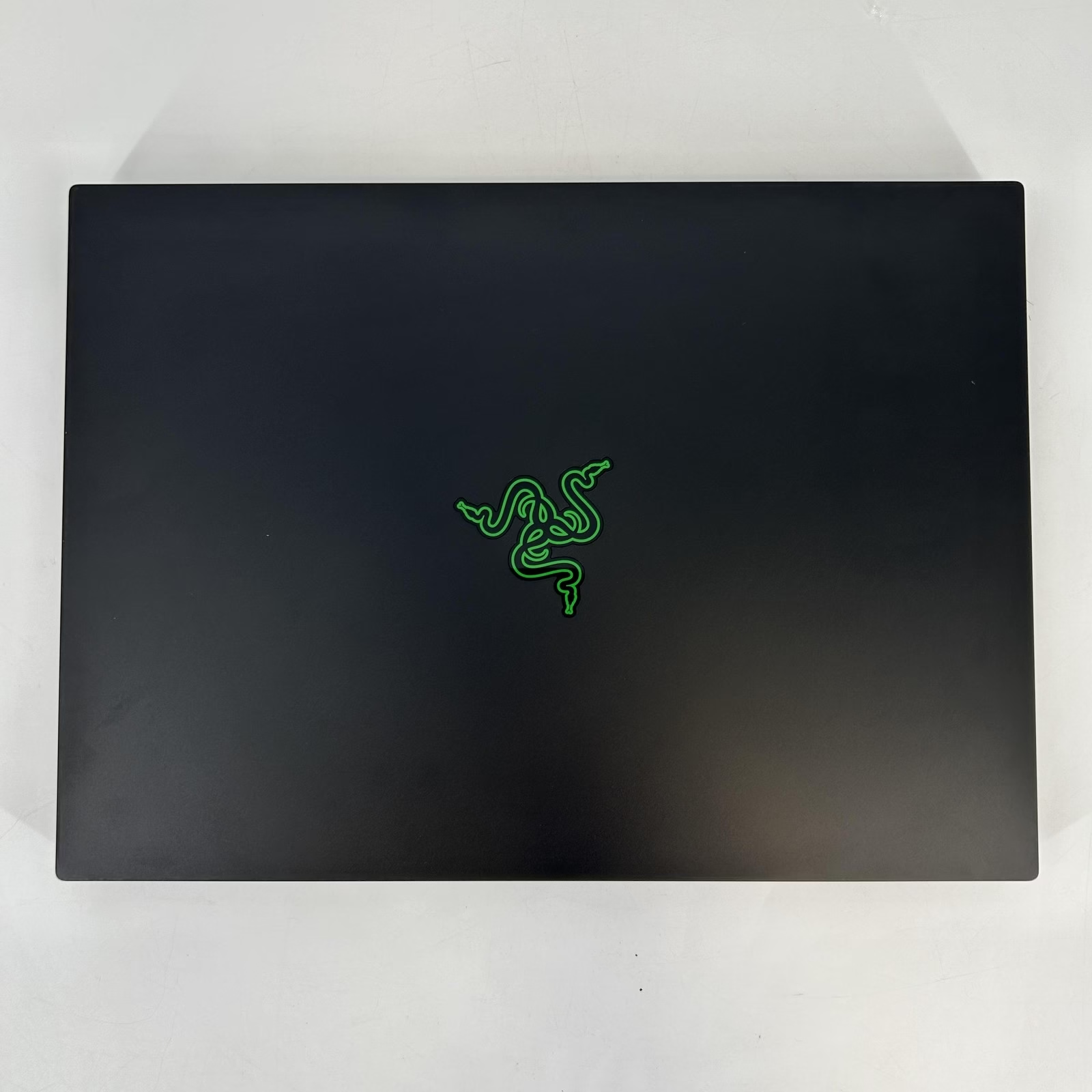
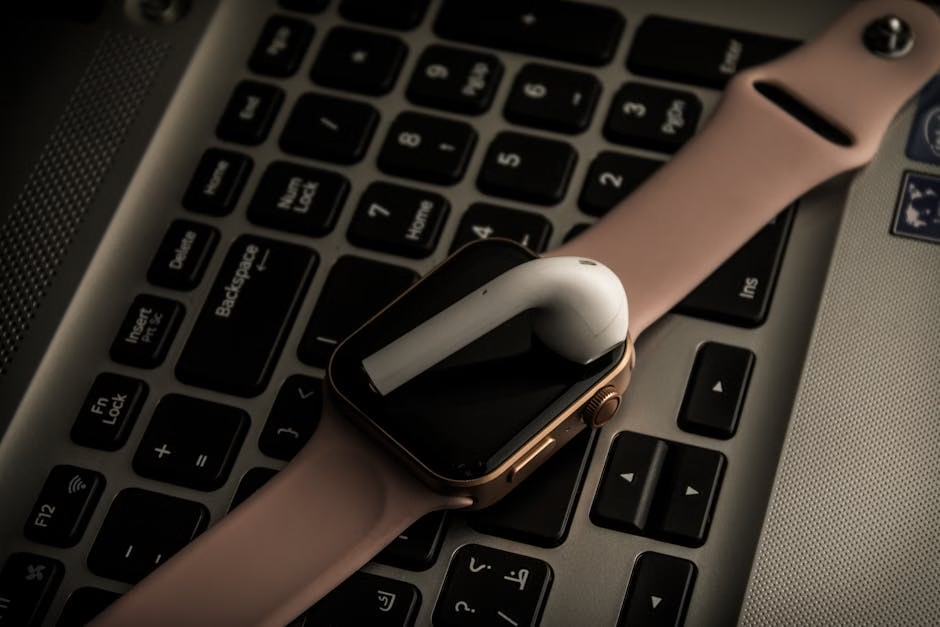
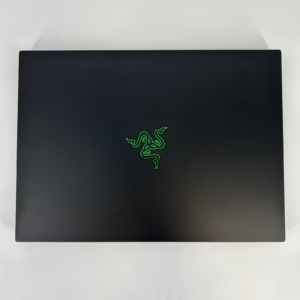

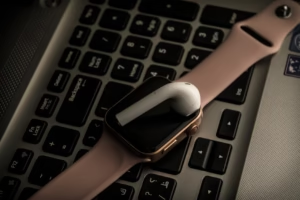
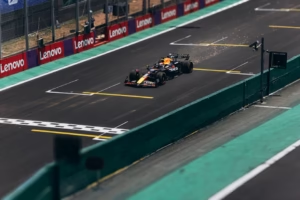
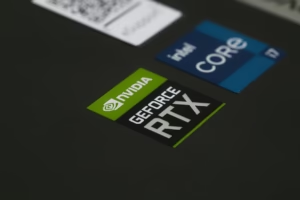

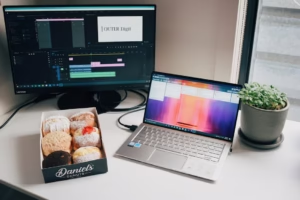



Post Comment